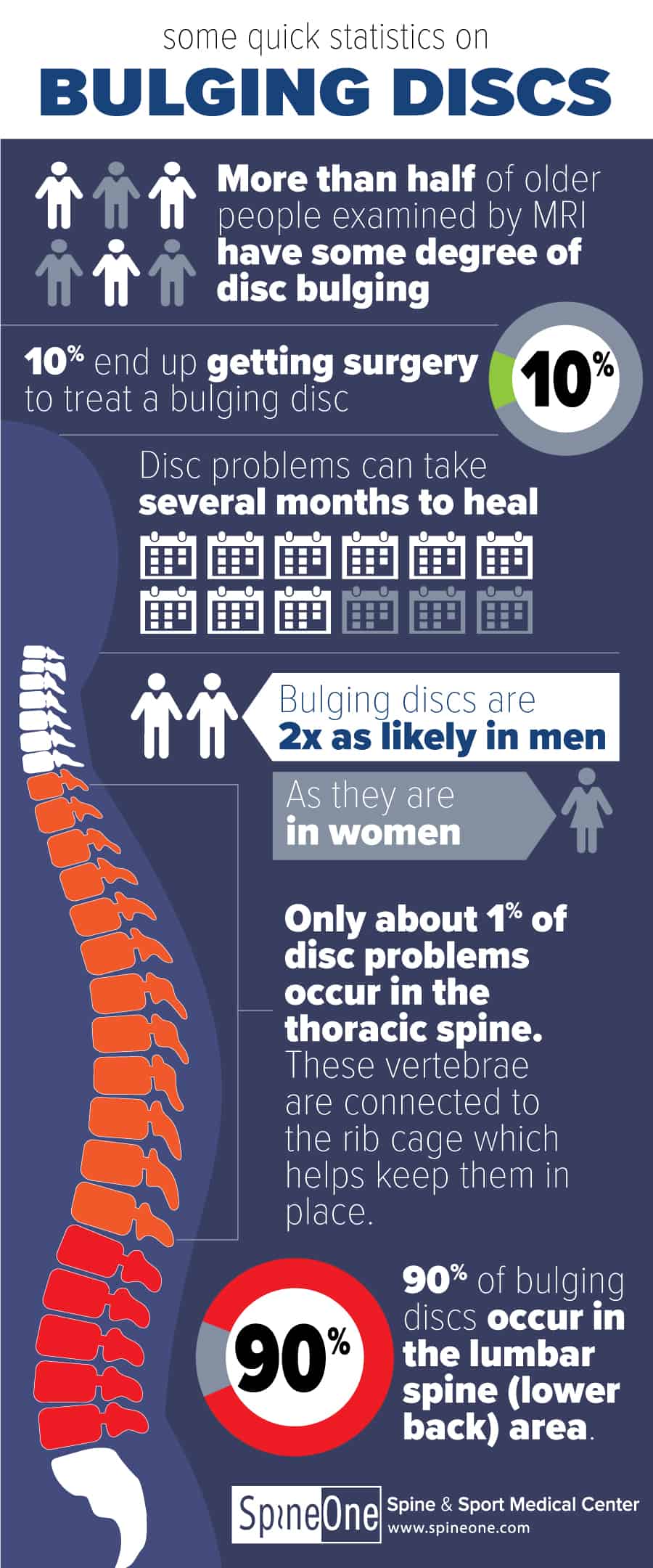Cervical radiculopathy, commonly known as a pinched nerve, is a condition that occurs when a nerve in the neck becomes compressed or irritated. It typically results in pain, weakness, and numbness that radiates down the arm and can also cause neck pain. This condition is usually caused by a cervical disc herniation or degenerative changes in the spine.
The severity of cervical radiculopathy can vary depending on the degree of nerve compression and individual factors. In most cases, symptoms can be managed with conservative treatment methods such as physical therapy, rest, and medication. However, some individuals may require more intensive medical interventions, including epidural steroid injections or even surgical procedures.
The impact of cervical radiculopathy on daily life can be significant. The associated pain and discomfort can limit an individual’s ability to perform routine activities, including work, household chores, and recreational pursuits. Additionally, prolonged episodes of pain can lead to emotional distress, anxiety, and depression.
Early diagnosis and appropriate treatment are crucial in managing cervical radiculopathy. Timely intervention can help alleviate symptoms and prevent further nerve damage. A comprehensive evaluation by a healthcare professional, typically including a physical examination, imaging studies, and sometimes nerve conduction tests, is necessary to confirm the diagnosis and determine the best treatment plan.
While cervical radiculopathy can cause significant discomfort and impact daily functioning, with proper care, most individuals can experience improvement in their symptoms over time. It is essential for patients to follow their healthcare provider’s guidance and actively participate in their treatment plan, which may involve a combination of therapies, exercises, and lifestyle modifications.
In conclusion, cervical radiculopathy is a condition that can cause pain, weakness, and numbness in the arm due to nerve compression in the neck. The severity of symptoms can vary, and treatment options range from conservative approaches to more invasive interventions. Early diagnosis and appropriate care are essential for managing this condition and improving the quality of life for affected individuals.
What is the meaning of cervicalgia?
A cervicalgia refers to a pain that occurs around the neck. This pain may extend to the head, body, or arms 1. The duration of neck pain varies according to the type of it such as acute, subacute, and chronic. Acute neck pain typically lasts less than 7 days, while subacute lasts over 7 days but less than 3 months.
:max_bytes(150000):strip_icc()/cervicalgia-definition-296573-final-dd7e4d8c255349e0bd9f49561c908c92.jpg)
When should I worry about cervical radiculopathy?
If you have symptoms of cervical radiculopathy, such as pain that radiates down your neck, that don’t go away after a week or more of rest, contact your healthcare provider. If you have more serious symptoms, such as muscle weakness or weakened reflexes in your arm, contact your healthcare provider as soon as possible.
What will happen if cervical radiculopathy left untreated?
Left untreated, you may have permanent damage to your shoulders, arms, hands, and fingers. In fact, you may become paralyzed if you don’t do anything about it. At this point, you may need to think about having surgery. Though surgery can be scary, it will receive pressure from the bone spur or herniated disk.
What is diagnosis code M54 12?
ICD-10 code: M54. 12 Radiculopathy Cervical region.
What worsens a bulging disc?
If the repeated forward bending stress continues, or the improper body mechanics continue, very often the inner disc material will continue to push backwards, causing the disc bulgedisc bulgeA disc protrusion is a medical condition that can occur in some vertebrates, including humans, in which the outermost layers of the anulus fibrosus of the intervertebral discs of the spine are intact but bulge when one or more of the discs are under pressure.https://en.wikipedia.org › wiki › Disc_protrusionDisc protrusion – Wikipedia to worsen, to herniate, progressing into the spinal canal and towards the spinal cord.
What aggravates a bulging disc?
What causes a bulging disc to flare up? Generally, the same mechanism of injury that causes the disc bulgedisc bulgeA disc protrusion is a medical condition that can occur in some vertebrates, including humans, in which the outermost layers of the anulus fibrosus of the intervertebral discs of the spine are intact but bulge when one or more of the discs are under pressure.https://en.wikipedia.org › wiki › Disc_protrusionDisc protrusion – Wikipedia or herniated disc is the same mechanism or activity that causes the bulging disc to flare up. In the vast majority of cases, these are forward bending or flexion type activities.

What should you not do with bulging discs?
– Avoid lifting heavy objects or bending at the waist at any time.
– Avoid wearing high-heeled shoes. …
– Focus on workouts that strengthen your abdomen and core muscles. …
– Avoid smoking as it weakens your disks.
– Practice good posture while sitting, standing, and walking.
Is walking good for a bulging disc?
Generally speaking—as long as they’re performed correctly—core and back exercises are beneficial for bulging discs, as are activities like walking, elliptical exercise, swimming, and riding a stationary or regular bike.
How much should I walk with a bulging disc?
Walking is a very suitable exercise for people with lumbar disc herniation. Regular daily, patients can walk for 30-45 minutes in the morning and afternoon or if they have time, they should take advantage of both sessions.



